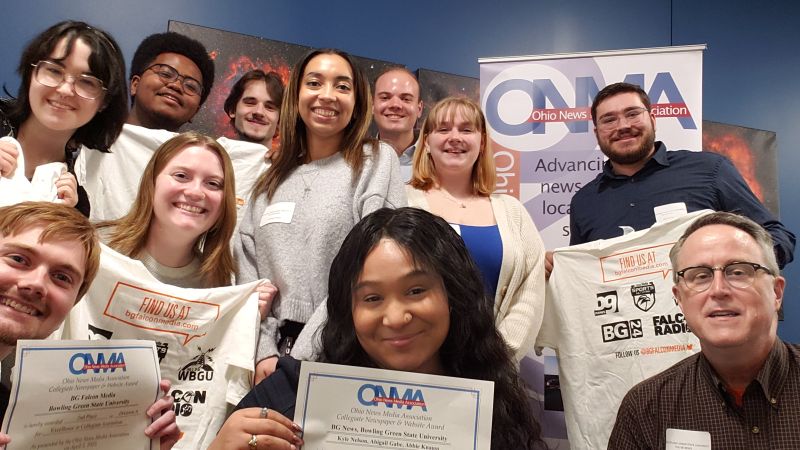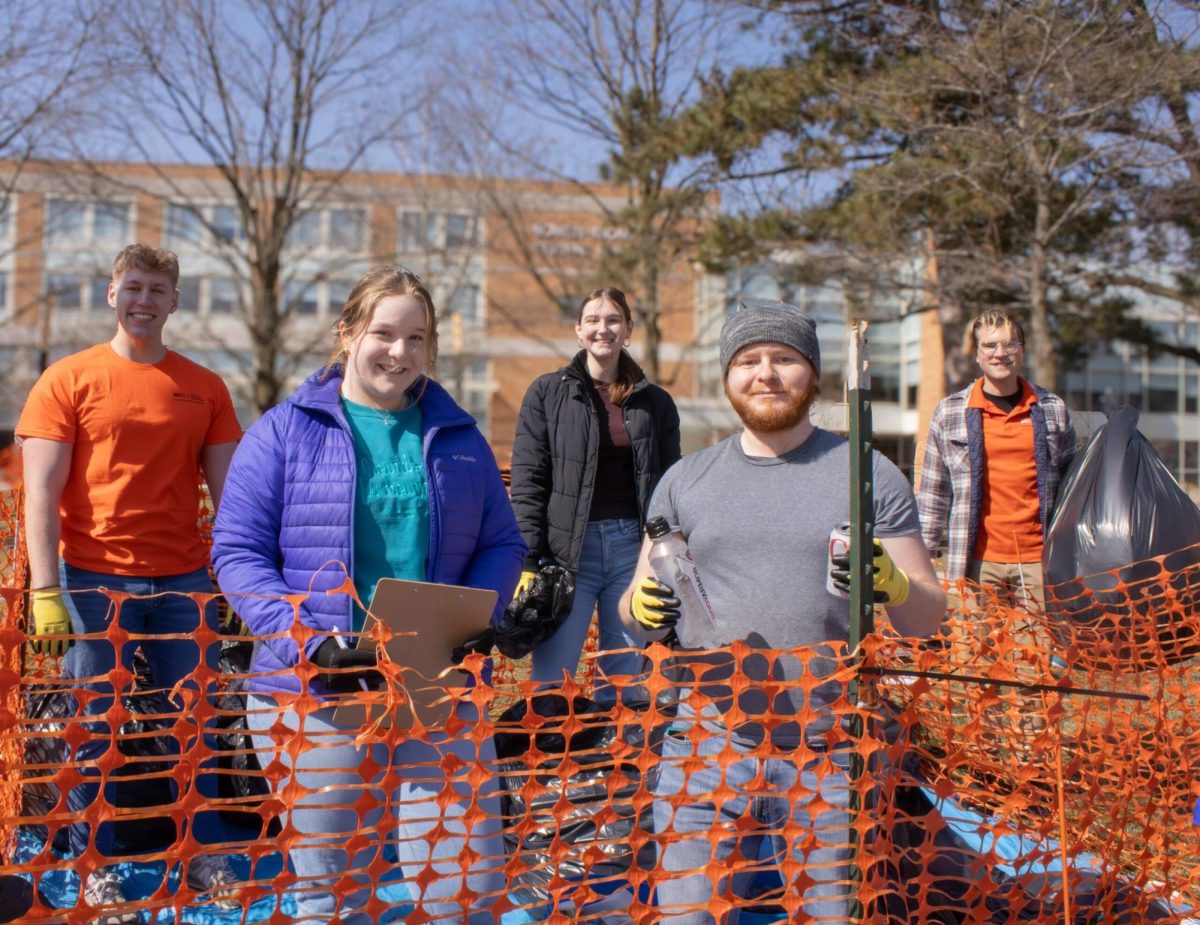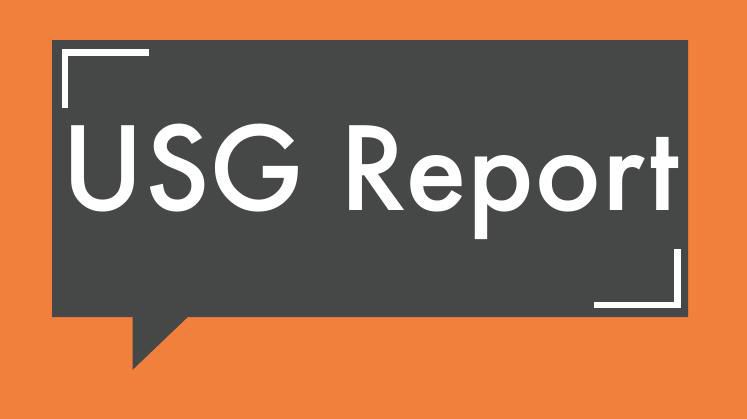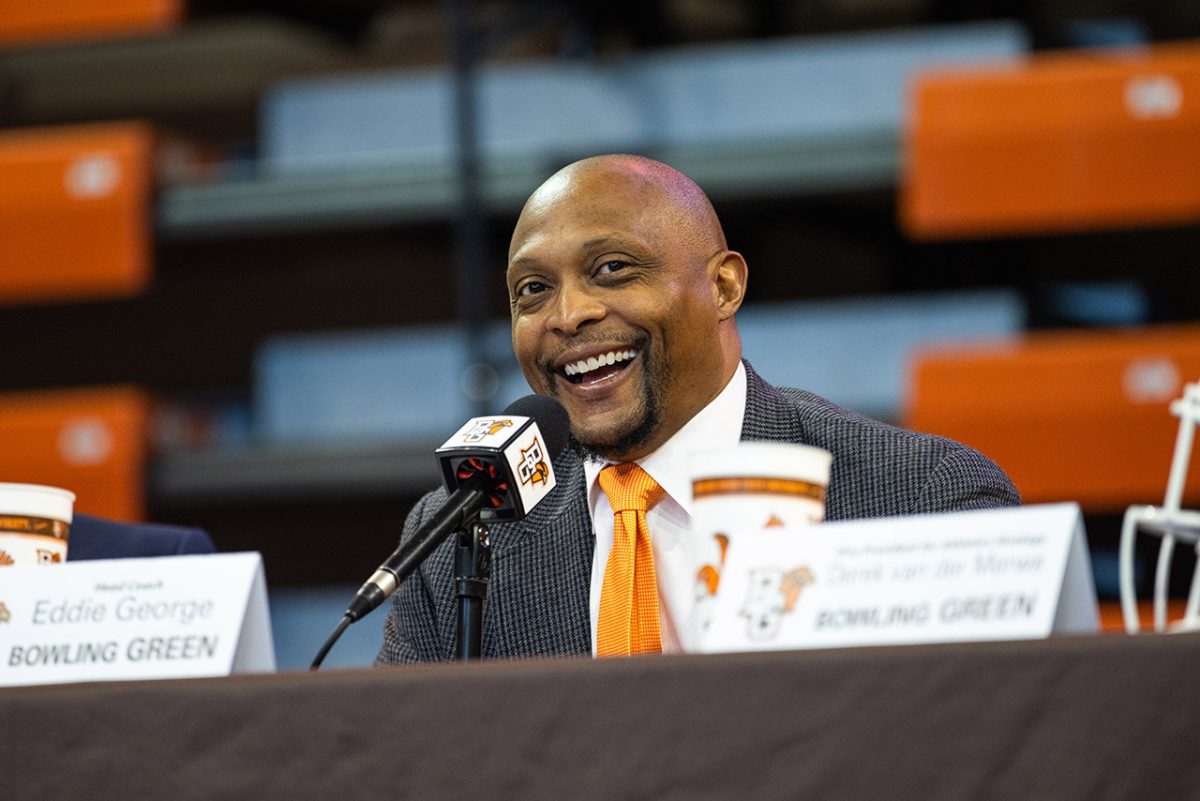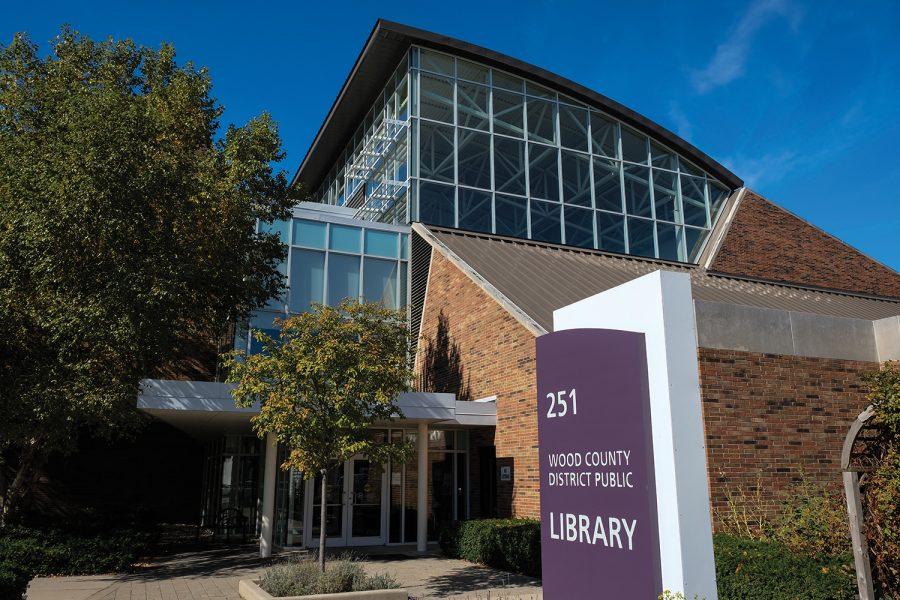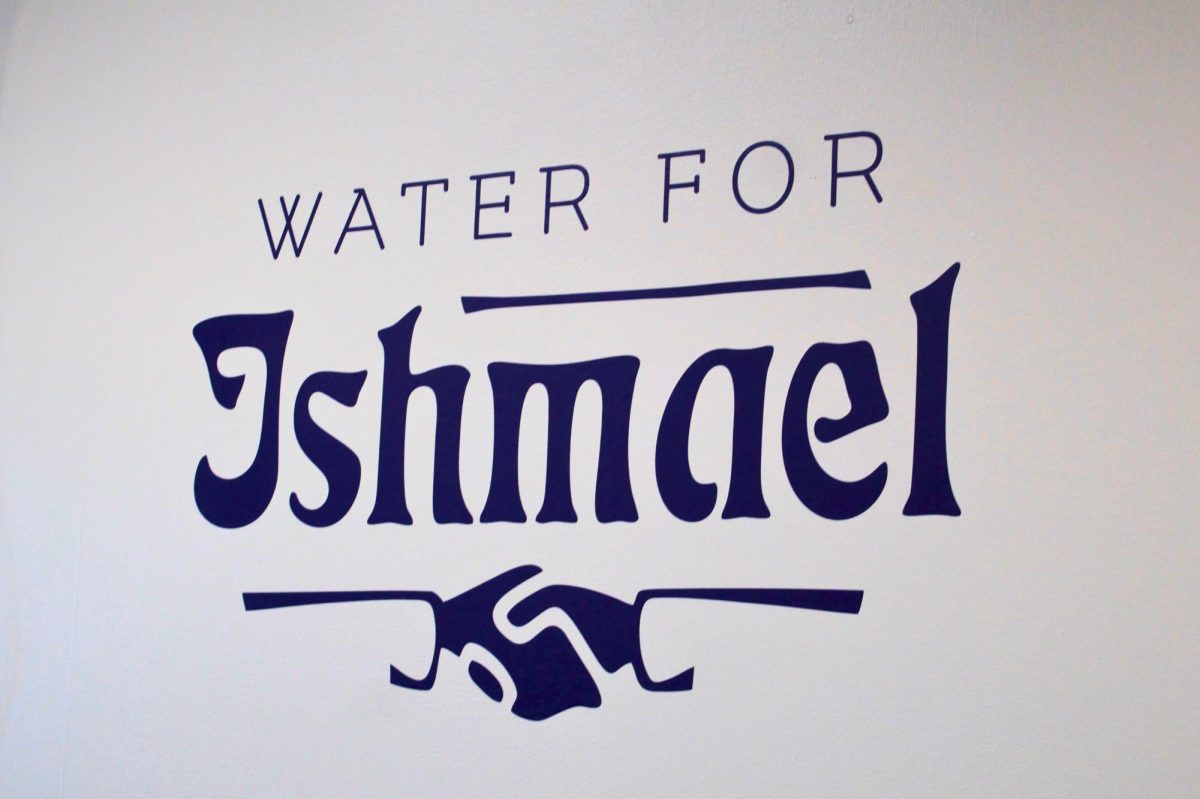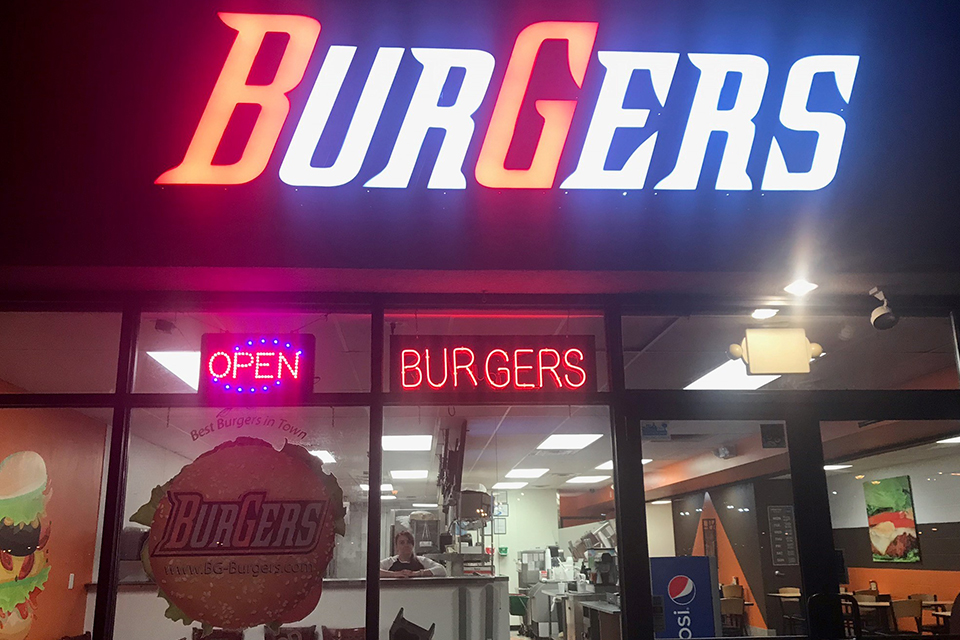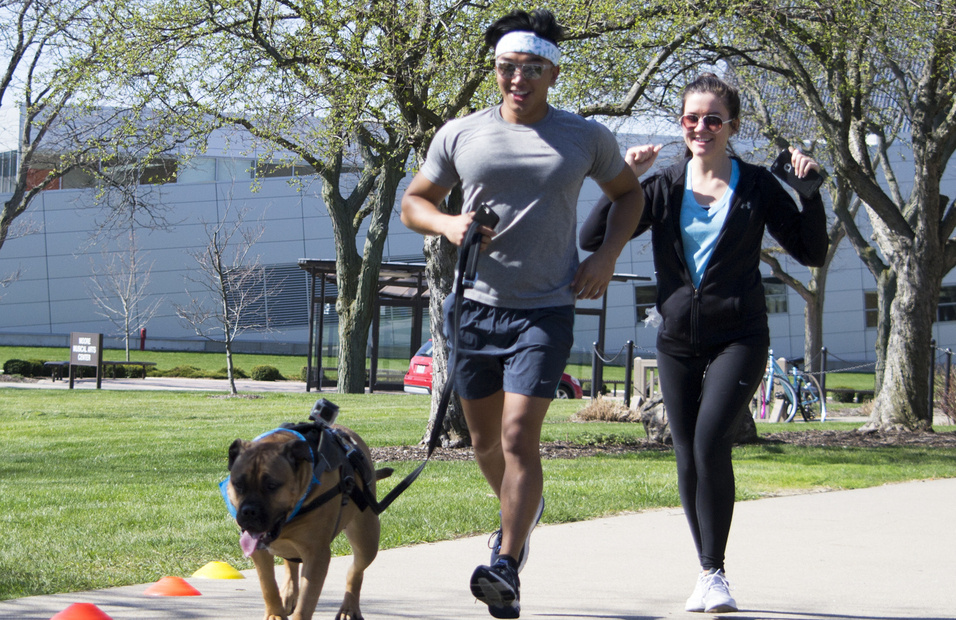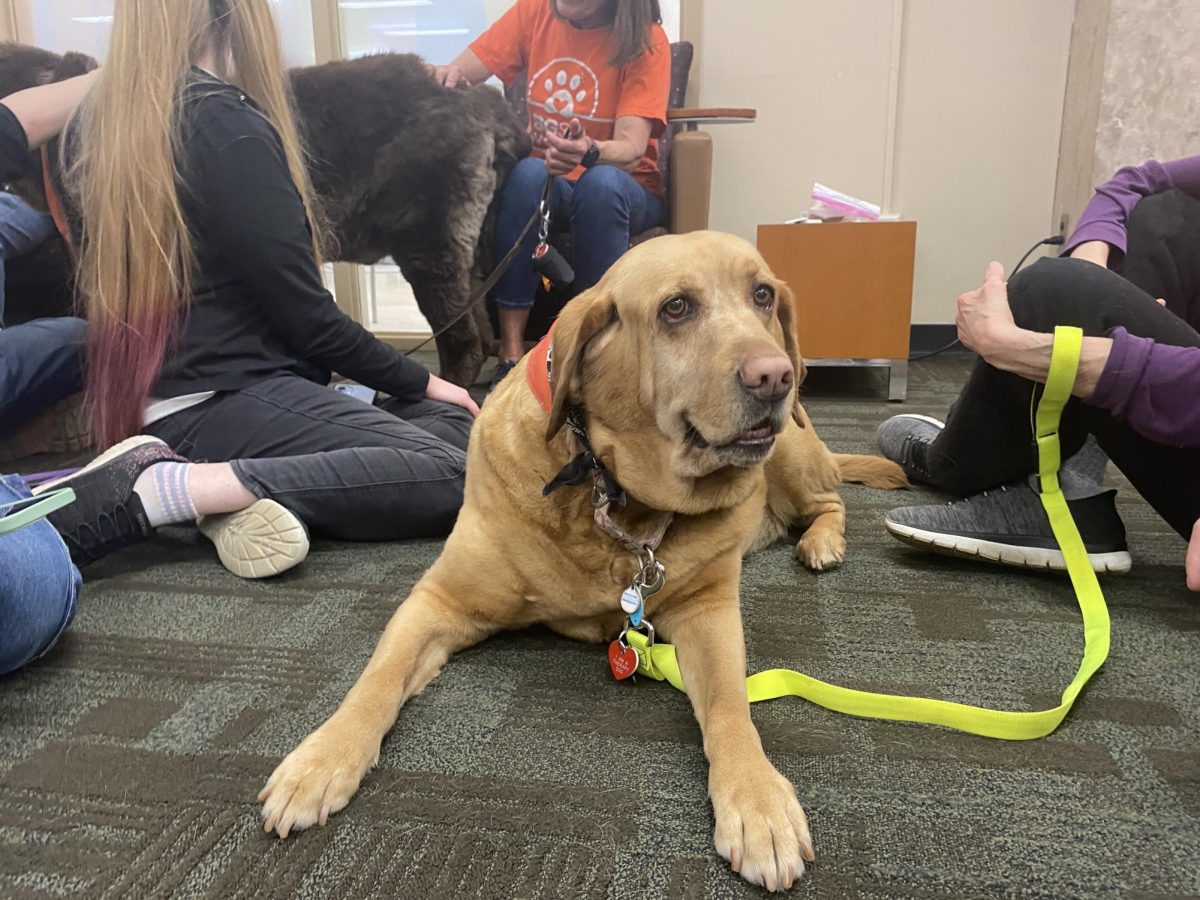The student-athlete grade point average is the highest it has been in the last five years.
The University athletes’ fall GPA was a 3.18 with 425 athletes enrolled in classes at the University. Of those athletes, 252 have recorded a 3.0 GPA or higher while 31 of them have a 4.0.
“The goal is to get student athlete’s to graduate within five years from the NCAA standpoint,” said Jermaine Truax, associate athletic director for Compliance and Administration. “If you can go pro, go pro, fine but at the end of the day get your degree.”
The 3.18 average is higher than The University of Toledo, Kent State University and Ohio University, which are other Ohio Mid-American Conference schools. Within the MAC, the University trails Miami University in GPA, as it had a combined 3.23 this past fall.
Director of Student-Athlete Services Kerry Jones believes this year’s record-setting GPA is due to a combination of things.
“I put it on the coaches. They are recruiting strong high school students who have a strong academic background,” she said. “The other two parts is them having the services they have and utilizing the Learning Commons as much as possible.”
Along with the services, such as extra tutoring, one-on-one meetings, the Learning Commons and help while traveling. The NCAA allows academic support to help athletes if they are struggling. The athletes are not excused from class for traveling, but the professors will work with them in advance if they do miss class for road trips.
“Clearly there is an investment, there is an investment in institution and the students with scholarships. There is also an academic requirement for the student’s initial and continuing eligibility,” Jones said. “They can’t step on the court, pool or field until they have met all of their requirements.”
Athletes must meet three metrics to be eligible to play their sport and each changes by semesters. They must meet a specific GPA, have a certain number of credits passed and be a certain percentage closer to their degree, no matter what sport they play in.
Coming in their freshman year, athletes must have a 2.0 GPA to be eligible to play.
“It was a lot mentally being able to balance them both [academics and her first semester] and having energy to get through it all because I wasn’t used to doing that much in a day,” said junior women’s soccer player Ashley Garr. “After the first semester, you learn when to take classes and then everything just gets easier from there.”
The GPA requirement drops as they go further in their college career. Entering their sophomore year it must be a 1.8 GPA with 20 percent done towards the degree.
The GPA goes up .1 point and 20 percent every year after that. Entering their senior year athletes must have a 2.0 GPA and 60 percent done toward their degree. Athletes are given five years playing eligibility, meaning they have five years to graduate as well.
“[Different eligibility metrics] gives them flexibility,” Truax said. “You can take fewer credits immediately but at the end of the day you have to meet both metrics to be eligible.”
Along with GPA, athletes must pass at least six credits every semester to be eligible for their season. Football is the only exception to that as they must pass at least nine in the fall semester in order to play in their first four games the upcoming fall.
Although 59 percent of student athletes have more than a 3.0 GPA, there are still some athletes who do struggle in the beginning to balance their sports schedule and academics.
Garr is an applied health science physical therapy major, has a 3.6 GPA and has learned from her first semester how to balance the two more easily. She has also benefited from the study tables the players are required to go to.
Study tables are something that is universal through each sport but the required time is up to the coach. First year students must do at least six hours but after that it is up to the coach.
The women’s soccer, head coach Lindsay Basalyga, told her team they do not have as many hours of study table as they have in the past due to their previous academic success.
“[Basalyga] has actually told us we need to start balancing our wins and academics,” Garr said. “Because we are such a strong academic team so we have been working on doing a balance of both of them. She still stresses academics big but we are trying to find a balance between the two.”
Student-Athlete Services started recording cumulative GPA’s about five years ago and it has never been this high.
“The GPA speaks to the type of prospects the coaches’ recruit,” Truax said. “It also speaks to the type of student athletes we have. I think they buy into being student athletes first.”



